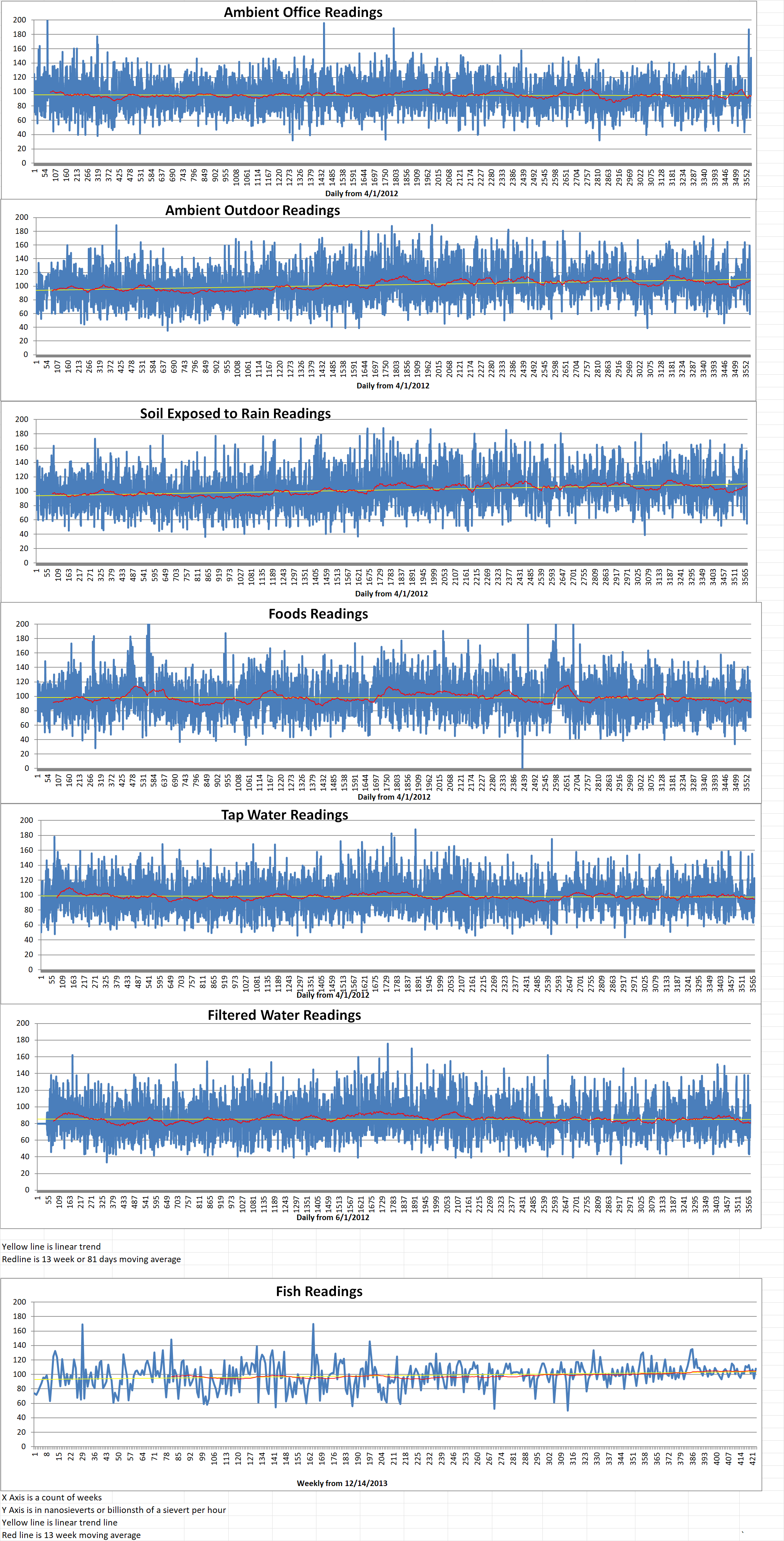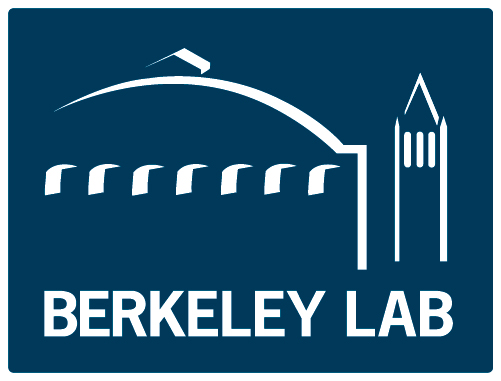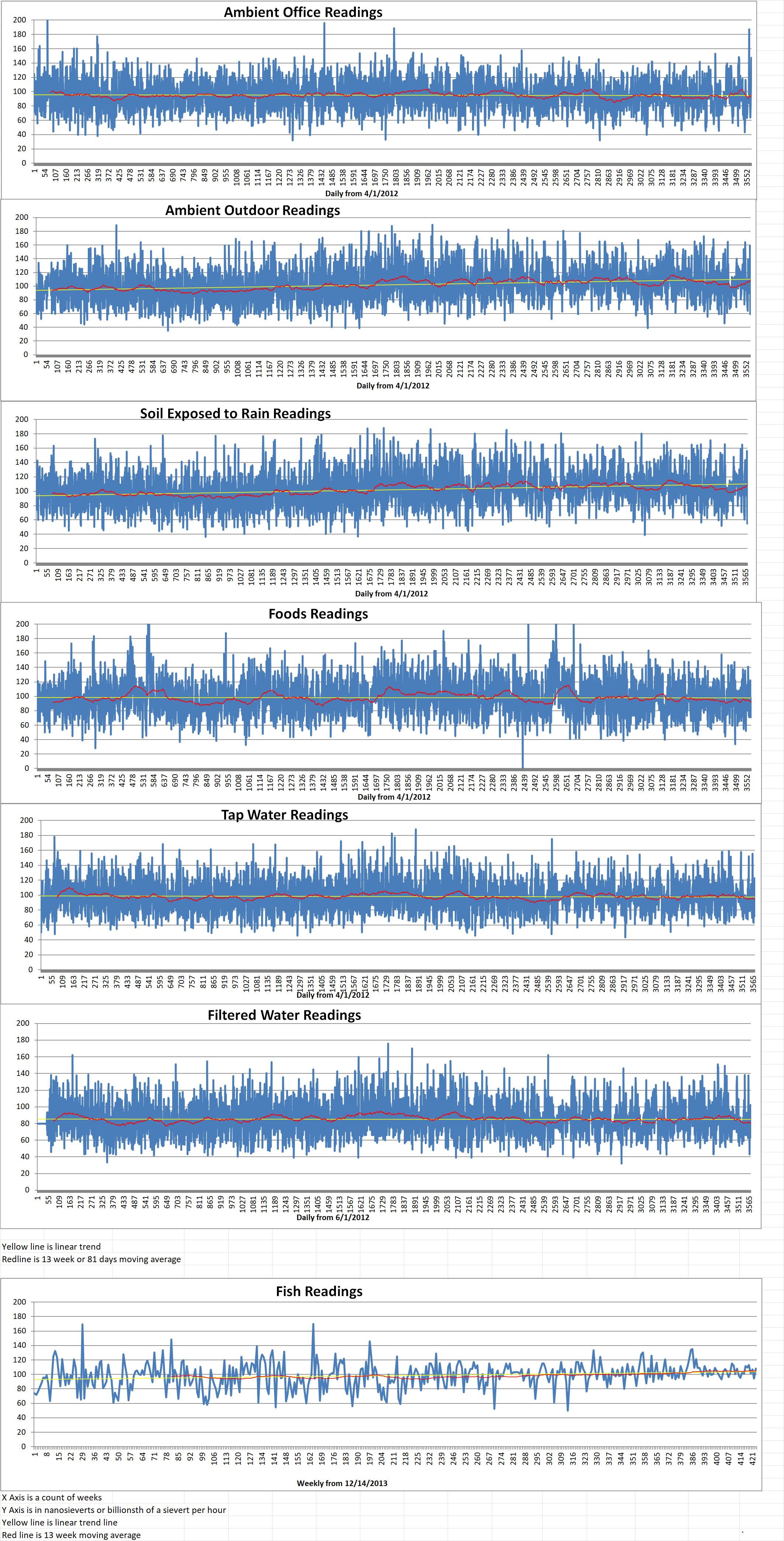Part 1 of 2 Parts
Military bunkers in the U.K. are being upgraded so that they can be used for long term storage of U.S. nuclear weapons again after being empty for fourteen years. In the Biden administration’s 2023 defense budget request, the U.K. was added to the list of countries where infrastructure investments are taking place at “special weapons” storage sites. Along with the U.K, Belgium, Germany, Italy, the Netherlands and Turkey are all countries where the U.S. stores an estimate of one hundred nuclear bombs.
Hans Kristensen is the director of the nuclear information project at the Federation of American Scientists. He was the first analyst who reported on that particular budget item. He said that he believed that the U.K. site which is being upgraded is the U.S. airbase at RAF Lakenheath which is about sixty two miles north-east of London.
The U.S. removed its stockpile B61 nuclear munitions from Lakenheath in 2008. This marked the end of more than half a century of maintaining a U.S. nuclear stockpile in the U.K. At the time of removal, the B61 gravity bombs were widely seen as militarily obsolete. There were high hopes for further nuclear disarmament by the nations armed with nuclear weapons.
That optimism has since faced because of Vladimir Putin’s invasion of Ukraine, Russia’s nuclear threats against NATO, and extensive nuclear weapons modernization programs pursued by both Russia and the U.S. As part of the U.S. plan, the B61 has been given a new extension of capability with the addition of the B61-12 variant. This new version of the original B61 is scheduled to go into production in May of this year.
The 2023 budget request says that NATO “is wrapping up a 13-year, $384m infrastructure investment program at storage sites in Belgium, Germany, Italy, the Netherlands, the UK, and Turkey to upgrade security measures, communication systems, and facilities”.
In the 1990s, RAF Lakenheath has thirty-three underground storage vaults. One hundred and ten B61 nuclear bombs were stored in the vaults according to the FAS. Since the B61 bombs were removed, the vaults have been mothballed. Kristensen said that he believes the vaults are now being upgraded in order for the new B61-12 bombs to be stored there if necessary.
The Biden administration has been very careful not to carry out any activities that might be seen as escalatory in the nuclear arena in response to Putin’s announcement that he would put Russia’s nuclear forces on higher alert a few days after he invaded Ukraine. The U.S. has cancelled previously scheduled tests of its intercontinental ballistic missiles.
For the same reason, Kristensen said that he doubted the Biden administration is planning to increase the U.S. stockpile in European nations. When the new B61-12 bombs are delivered, they are expected to replace the older models already being stored in Europe. He believes that the Lakenheath upgrade is actually intended to provide more flexibility to move the nuclear weapons around Europe as needed.
Please read Part 2 next






